
WorkSafeBC surplus spurs debate over possible breaks in forestry premiums. In other Business news: New Brunswick Premier Susan Holt and BC Forests Minister Ravi Parmar are open to lumber quotas to end the US trade fight; the US investigates Brazil’s forestry practices; AF&PA warns that EU rules risk $3.5B in exports; and the USDA commits $80M to expand timber markets. Meanwhile: Nova Scotia promises more wood heat and buildings following Northern Pulp’s asset sale; BC Premier Eby shuffles his cabinet; Cascades invests in its Quebec tissue plant; and US single-family housing starts fall while multifamily climbs.
In Forestry/Wildfire news: wilderness groups call for reform on private forest land; Canada partners with Trees for Life on urban planting; Woodlots BC seeks new board members; longleaf pine seed prospects are poor in the US Southeast; the Grand Canyon’s North Rim fire sparks debate on forest health; Sooke, BC’s fire danger rating hits extreme; Mount Hood hikers are ordered to evacuate; and the University of Oregon’s mass timber innovation project earns national recognition.
Finally, the Globe & Mail Editorial Board say it’s time to fight fire with fire in Canada.
Kelly McCloskey, Tree Frog News Editor

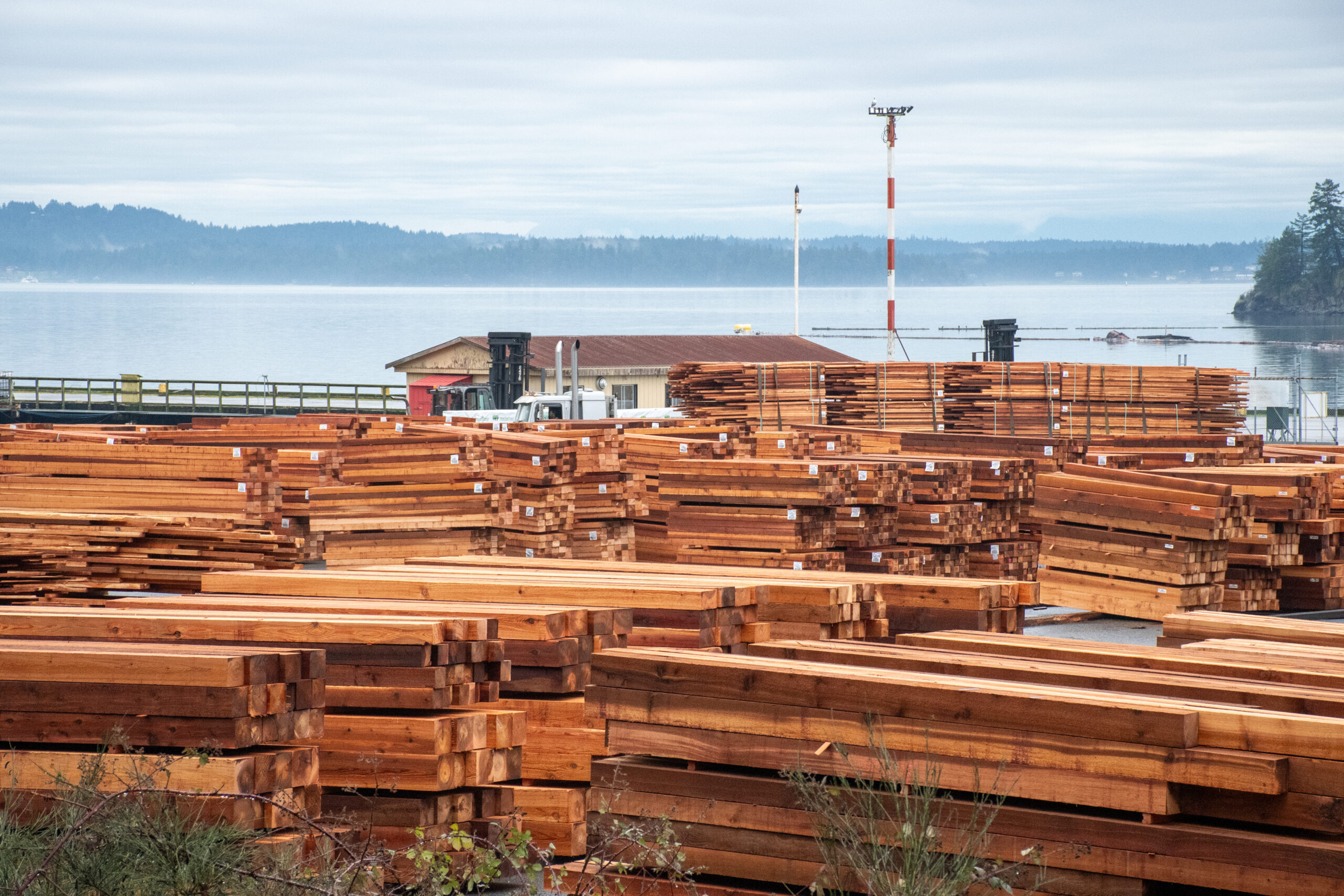 B.C.’s employers in forestry-related businesses, sawmilling, stone cutting and oil and gas field servicing could be seen as the biggest beneficiaries of WorkSafeBC’s $2 billion surplus as the corporation proposes cuts to their service premiums approaching 40 per cent or more. WorkSafeBC’s policy is to maintain enough of a surplus “to avoid rate volatility” during economically difficult times. The corporation’s 2024 surplus, however, is equivalent to 141 per cent of liabilities, far more than its 130 per cent target. The corporation says its strong financial position has been helped along by “higher than-required investment returns,” according to WorkSafe’s statement, which is similar to workers-compensation agencies across the country. Ontario’s Workplace Safety and Insurance Board has used its 2024 surplus to issue $4 billion in rebates, over two rounds, to employers and in May, the Workers’ Compensation Board of Manitoba did likewise with $122 million in rebates, which is something the Canadian Federation of Business would like to see.
B.C.’s employers in forestry-related businesses, sawmilling, stone cutting and oil and gas field servicing could be seen as the biggest beneficiaries of WorkSafeBC’s $2 billion surplus as the corporation proposes cuts to their service premiums approaching 40 per cent or more. WorkSafeBC’s policy is to maintain enough of a surplus “to avoid rate volatility” during economically difficult times. The corporation’s 2024 surplus, however, is equivalent to 141 per cent of liabilities, far more than its 130 per cent target. The corporation says its strong financial position has been helped along by “higher than-required investment returns,” according to WorkSafe’s statement, which is similar to workers-compensation agencies across the country. Ontario’s Workplace Safety and Insurance Board has used its 2024 surplus to issue $4 billion in rebates, over two rounds, to employers and in May, the Workers’ Compensation Board of Manitoba did likewise with $122 million in rebates, which is something the Canadian Federation of Business would like to see.

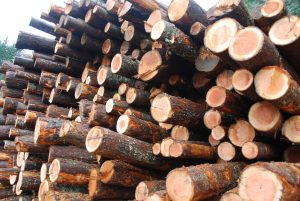 Days after Nova Scotia’s forestry sector was dealt a major blow, the province is promising to use more wood to heat and construct public buildings — although officials deny any connection between the two developments. Two cabinet ministers made the announcement Thursday at Ledwidge Lumber, a sawmill in Enfield, N.S. Public Works Minister Fred Tilley said every government department is being directed to look for opportunities to use wood products that are leftover after trees have been harvested and milled for lumber. The products could include mass timber, wood pellets, biomass and biofuels. Tilley said the move was driven by the province’s desire to become more self-reliant, reduce fossil fuel use and produce more locally-made construction materials. …Meanwhile, lawyers for Northern Pulp were in a British Columbia courtroom on Thursday where they received approval for a plan to extend creditor protection while preparations continue to auction off the outfit’s Nova Scotia assets.
Days after Nova Scotia’s forestry sector was dealt a major blow, the province is promising to use more wood to heat and construct public buildings — although officials deny any connection between the two developments. Two cabinet ministers made the announcement Thursday at Ledwidge Lumber, a sawmill in Enfield, N.S. Public Works Minister Fred Tilley said every government department is being directed to look for opportunities to use wood products that are leftover after trees have been harvested and milled for lumber. The products could include mass timber, wood pellets, biomass and biofuels. Tilley said the move was driven by the province’s desire to become more self-reliant, reduce fossil fuel use and produce more locally-made construction materials. …Meanwhile, lawyers for Northern Pulp were in a British Columbia courtroom on Thursday where they received approval for a plan to extend creditor protection while preparations continue to auction off the outfit’s Nova Scotia assets.
 Stop me if you have heard this one before. A company from away lands and makes loud noises about hiring hundreds of people in a job-hungry rural part of Nova Scotia. Government puts up millions of our dollars to bring in a new industry it really doesn’t understand. …Sometimes it works, other times the receivers move in or the multi-nationals move out. Then the recriminations begin. They already have in the 58-year-long saga of Northern Pulp and its predecessor companies which limps to a conclusion in Nova Scotia. This province has had a few successful commercial transplants. …But it is our high-profile failures, like this week’s announcement that Northern Pulp not only wouldn’t build a mill on the South Shore but has started selling off its assets, that seem to stick. …Enough companies have gone bust, sometimes spectacularly so, that they should serve as cautionary tales.
Stop me if you have heard this one before. A company from away lands and makes loud noises about hiring hundreds of people in a job-hungry rural part of Nova Scotia. Government puts up millions of our dollars to bring in a new industry it really doesn’t understand. …Sometimes it works, other times the receivers move in or the multi-nationals move out. Then the recriminations begin. They already have in the 58-year-long saga of Northern Pulp and its predecessor companies which limps to a conclusion in Nova Scotia. This province has had a few successful commercial transplants. …But it is our high-profile failures, like this week’s announcement that Northern Pulp not only wouldn’t build a mill on the South Shore but has started selling off its assets, that seem to stick. …Enough companies have gone bust, sometimes spectacularly so, that they should serve as cautionary tales.
 WASHINGTON – American Forest & Paper Association (AF&PA) President and CEO Heidi Brock today reacted to recent US-EU trade negotiations: “We appreciate President Trump and his administration’s efforts to further enhance fair and reciprocal trade with key partners like the European Union. Addressing tariff and non-tariff trade barriers is crucial to ensuring a positive trade relationship for the pulp, paper, packaging and tissue products manufacturing industry. “The EU’s deforestation free regulation (EUDR), which has been identified as a non-tariff trade barrier by the U.S. Trade Representative, risks over $3.5 billion in annual forest products exports to the EU. “We encourage President Trump and his administration to continue working towards a fair and reciprocal trade relationship with the EU that fixes this regulation while improving other aspects of trade for U.S. paper manufacturers.”
WASHINGTON – American Forest & Paper Association (AF&PA) President and CEO Heidi Brock today reacted to recent US-EU trade negotiations: “We appreciate President Trump and his administration’s efforts to further enhance fair and reciprocal trade with key partners like the European Union. Addressing tariff and non-tariff trade barriers is crucial to ensuring a positive trade relationship for the pulp, paper, packaging and tissue products manufacturing industry. “The EU’s deforestation free regulation (EUDR), which has been identified as a non-tariff trade barrier by the U.S. Trade Representative, risks over $3.5 billion in annual forest products exports to the EU. “We encourage President Trump and his administration to continue working towards a fair and reciprocal trade relationship with the EU that fixes this regulation while improving other aspects of trade for U.S. paper manufacturers.”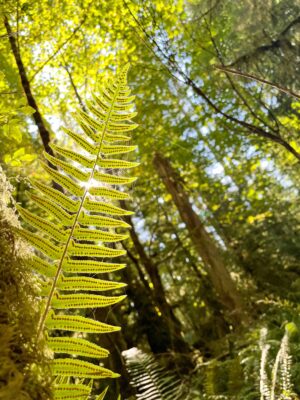 Is Brazil playing fair when it comes to trade? An investigation launched July 15 by the Office of the United States Trade Representative (USTR) aims to find the answer. The Section 301 investigation will seek to determine whether acts, policies, and practices of the Government of Brazil related to a host of trade issues — including ethanol market access and forestry practices — are “unreasonable or discriminatory and burden or restrict U.S. commerce.” “Brazil has walked away from its willingness to provide virtually duty-free treatment for U.S. ethanol and instead now applies a substantially higher tariff on U.S. ethanol exports,” the USTR office wrote in announcing the investigation. The announcement also said Brazil appears to be failing to effectively enforce laws and regulations designed to stop illegal deforestation — which undermines the competitiveness of U.S. producers of timber and ag products.
Is Brazil playing fair when it comes to trade? An investigation launched July 15 by the Office of the United States Trade Representative (USTR) aims to find the answer. The Section 301 investigation will seek to determine whether acts, policies, and practices of the Government of Brazil related to a host of trade issues — including ethanol market access and forestry practices — are “unreasonable or discriminatory and burden or restrict U.S. commerce.” “Brazil has walked away from its willingness to provide virtually duty-free treatment for U.S. ethanol and instead now applies a substantially higher tariff on U.S. ethanol exports,” the USTR office wrote in announcing the investigation. The announcement also said Brazil appears to be failing to effectively enforce laws and regulations designed to stop illegal deforestation — which undermines the competitiveness of U.S. producers of timber and ag products.

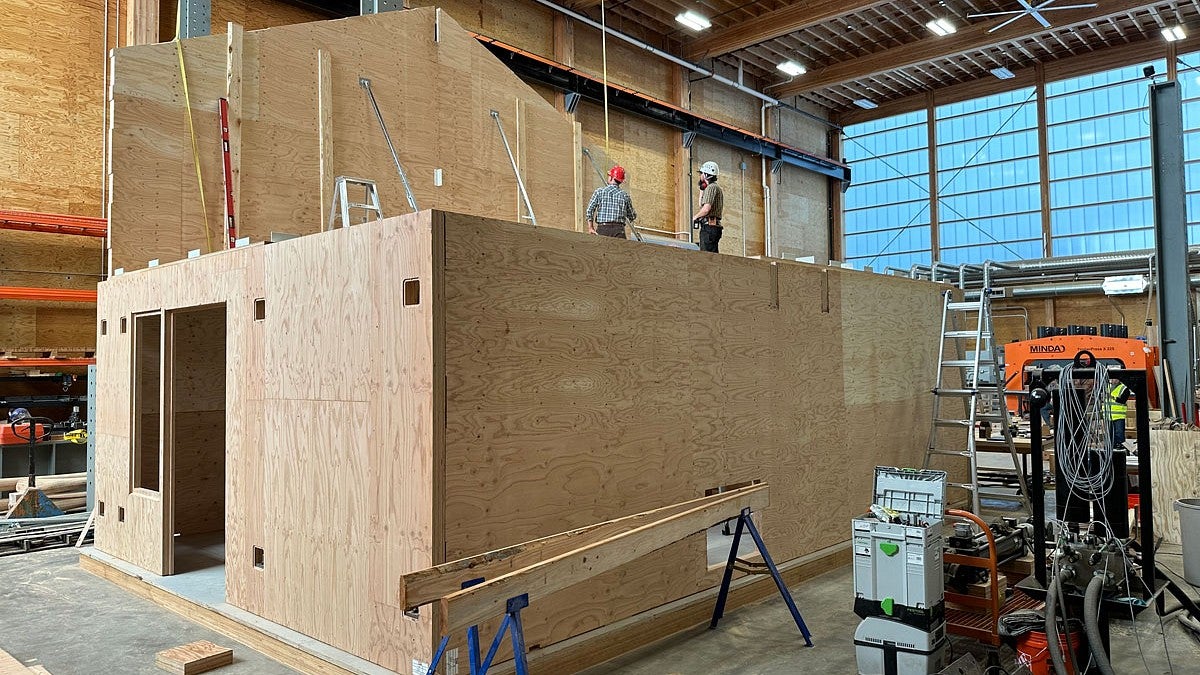
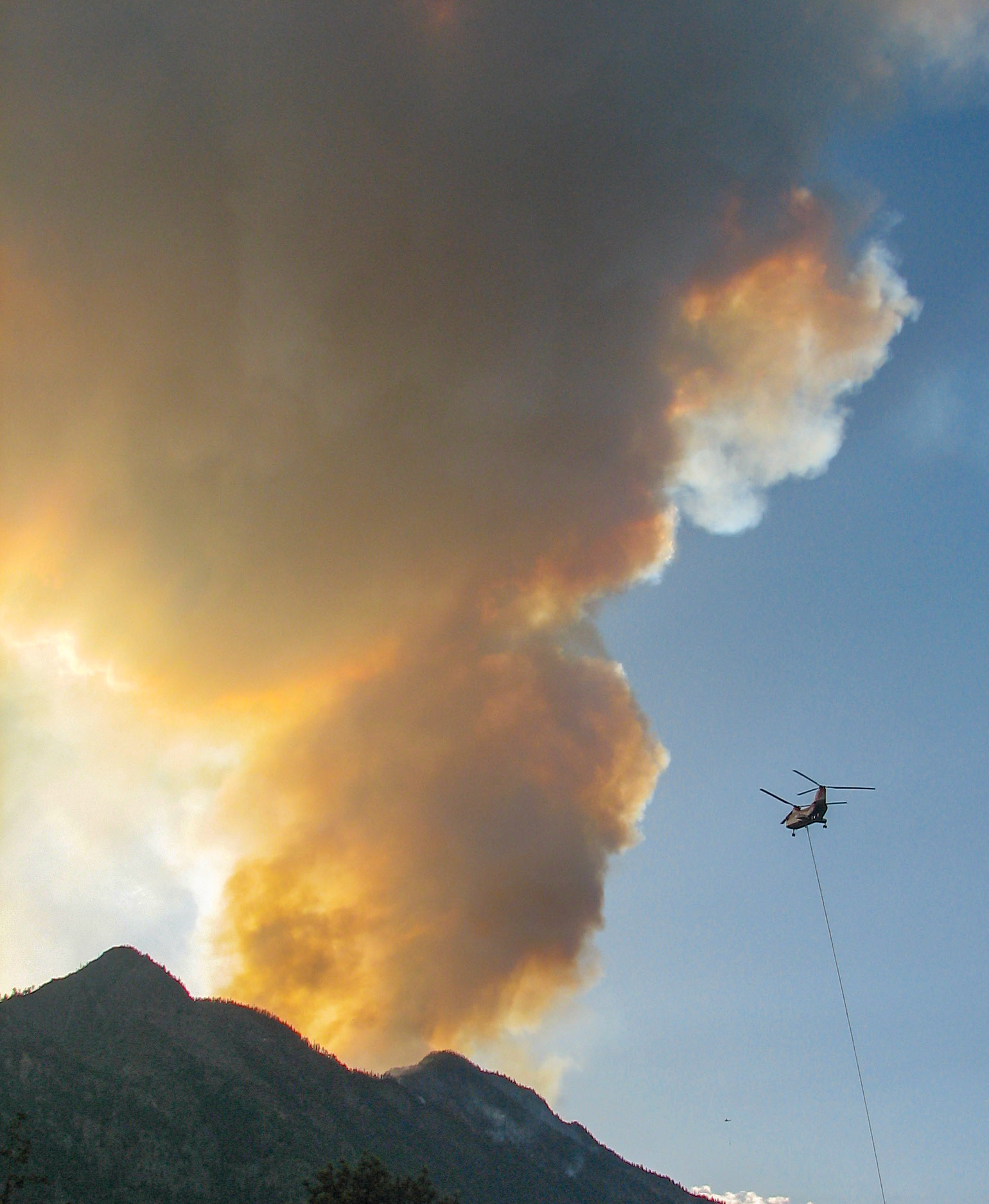 Canada’s premiers met June to talk infrastructure but were distracted by the small matter of the forest
Canada’s premiers met June to talk infrastructure but were distracted by the small matter of the forest 
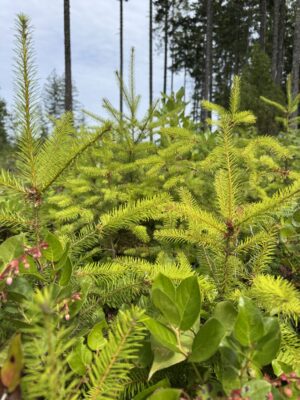 WHITBY, Ontario — Ryan Turnbull, Parliamentary Secretary to the Minister of Finance… highlighted a $4-million federal investment for tree-planting projects in urban and suburban areas in southern Ontario. Trees For Life will collaborate with planting partners to plant an average of 24,000 trees annually over five years, for a total of 120,000 trees in communities across southern Ontario. The collaboration with Trees For Life is already ahead of target, supporting the planting of 83,000 trees in southern Ontario with 35,000 trees planted in 2024 and 48,000 trees planted across 40 projects in 2025 to date. This project builds on a successful regional model piloted in the Durham Region.
WHITBY, Ontario — Ryan Turnbull, Parliamentary Secretary to the Minister of Finance… highlighted a $4-million federal investment for tree-planting projects in urban and suburban areas in southern Ontario. Trees For Life will collaborate with planting partners to plant an average of 24,000 trees annually over five years, for a total of 120,000 trees in communities across southern Ontario. The collaboration with Trees For Life is already ahead of target, supporting the planting of 83,000 trees in southern Ontario with 35,000 trees planted in 2024 and 48,000 trees planted across 40 projects in 2025 to date. This project builds on a successful regional model piloted in the Durham Region. 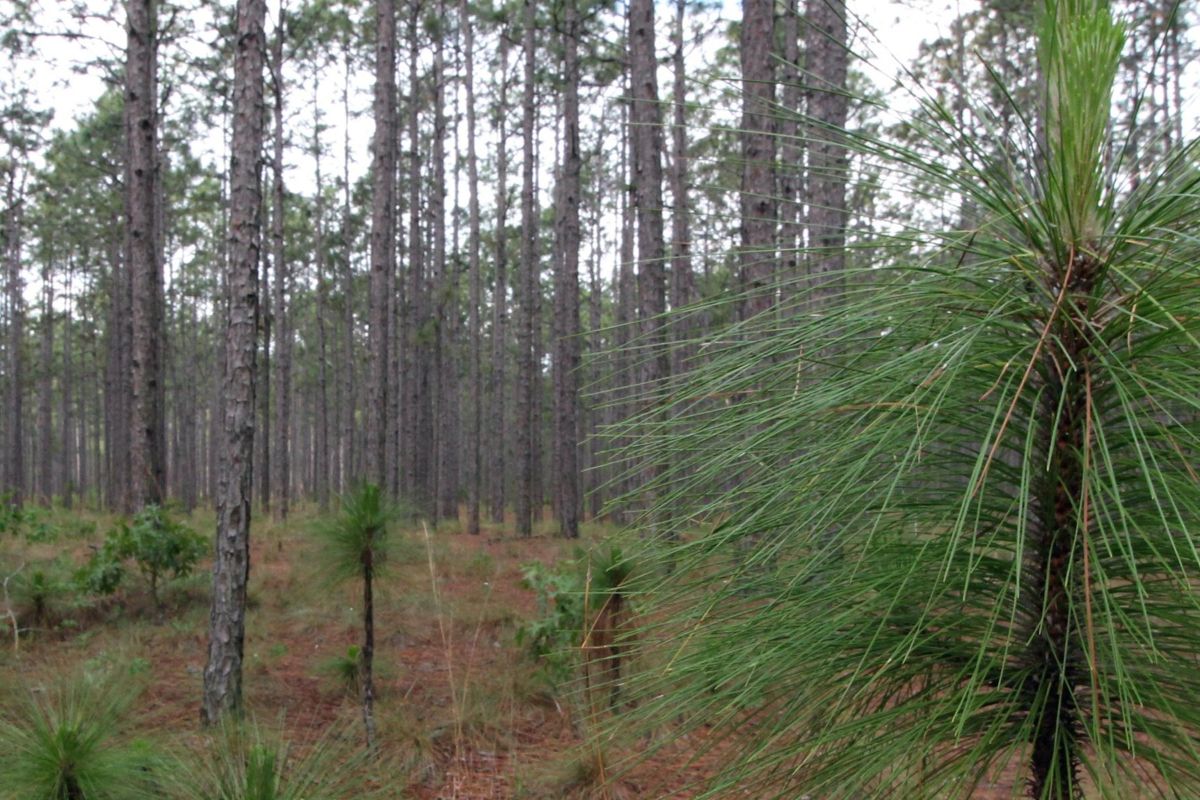
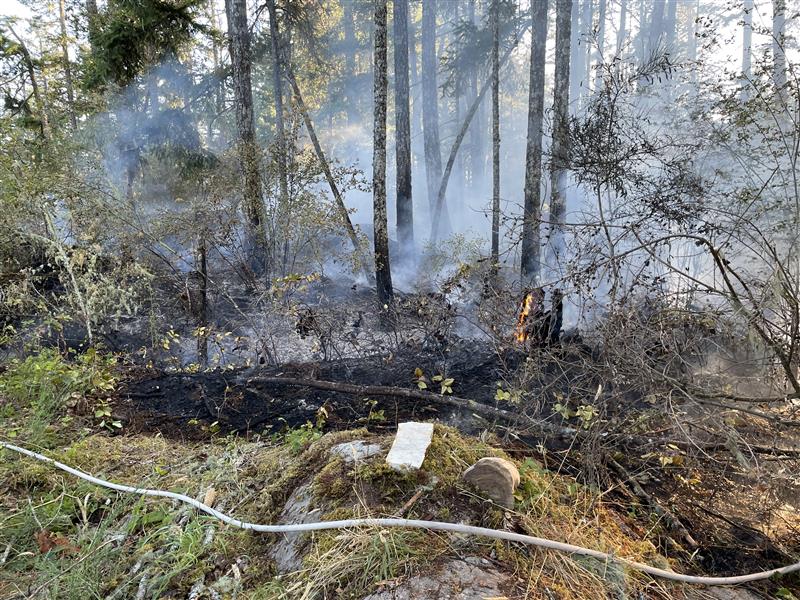
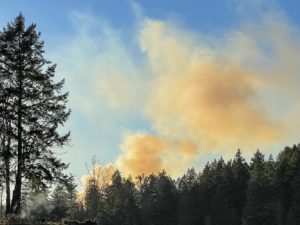 MOUNT HOOD, Oregon — The Clackamas County Sheriff’s Office on Thursday afternoon issued a Level 3 (go now) evacuation order for a new, five-acre wildfire on Mount Hood that was first reported late in the morning about three miles northwest of Timothy Lake. As of 4 p.m., the evacuation order does not affect the campgrounds and trails immediately around Timothy Lake, a popular recreational spot about 90 minutes from Portland. But helicopters are scooping large buckets of water from the lake to suppress the fire. Firefighters on the ground also have started an “aggressive initial attack,” the U.S. Forest Service said. The evacuation order affects a two-mile radius around the much smaller Dinger Lake and includes Anvil Lake and the Anvil Lake Trail 724. The order so far only affects remote campsites and hikers. …Dubbed the Anvil fire, it is burning near Forest Road 5820.
MOUNT HOOD, Oregon — The Clackamas County Sheriff’s Office on Thursday afternoon issued a Level 3 (go now) evacuation order for a new, five-acre wildfire on Mount Hood that was first reported late in the morning about three miles northwest of Timothy Lake. As of 4 p.m., the evacuation order does not affect the campgrounds and trails immediately around Timothy Lake, a popular recreational spot about 90 minutes from Portland. But helicopters are scooping large buckets of water from the lake to suppress the fire. Firefighters on the ground also have started an “aggressive initial attack,” the U.S. Forest Service said. The evacuation order affects a two-mile radius around the much smaller Dinger Lake and includes Anvil Lake and the Anvil Lake Trail 724. The order so far only affects remote campsites and hikers. …Dubbed the Anvil fire, it is burning near Forest Road 5820.